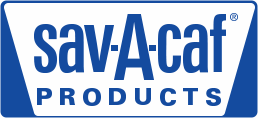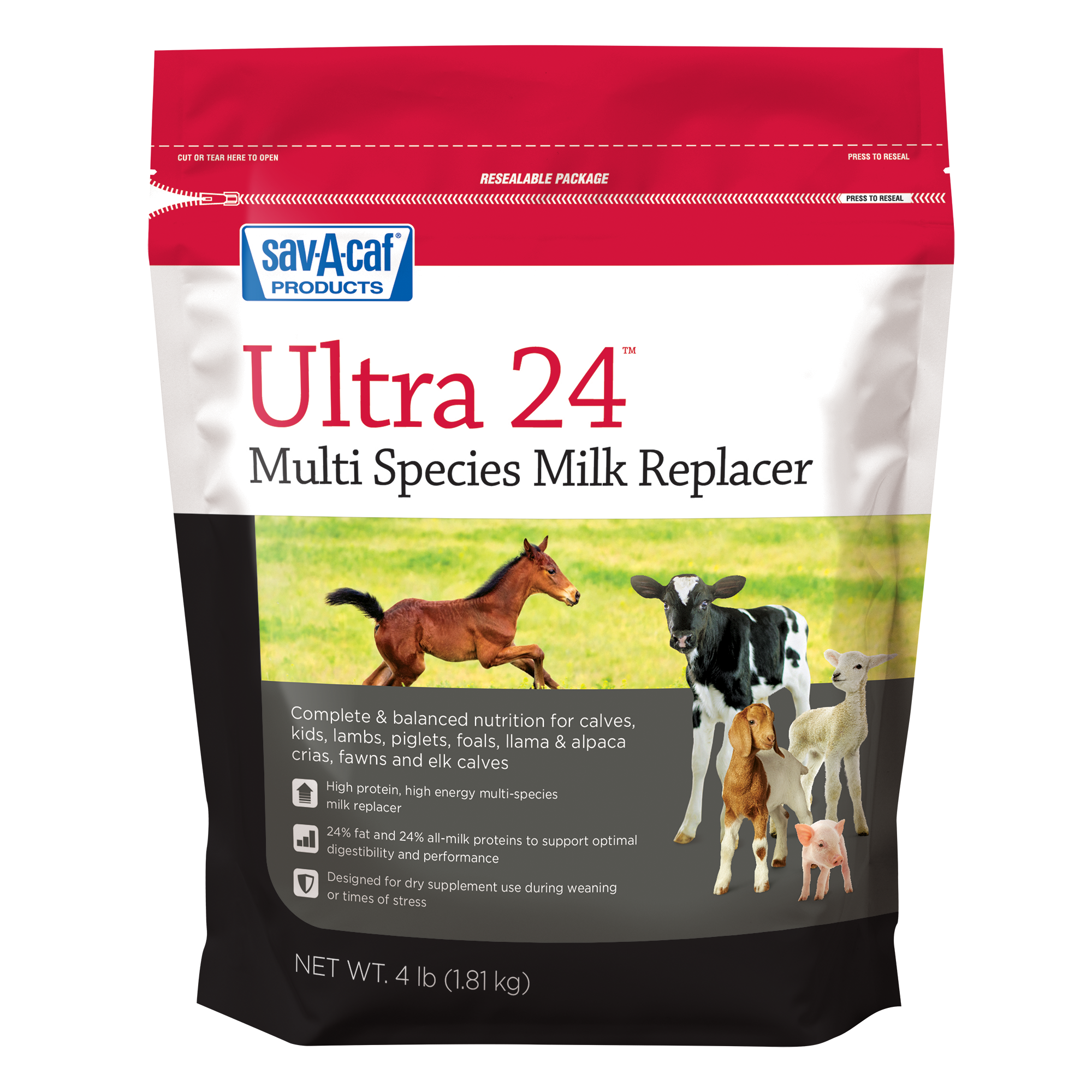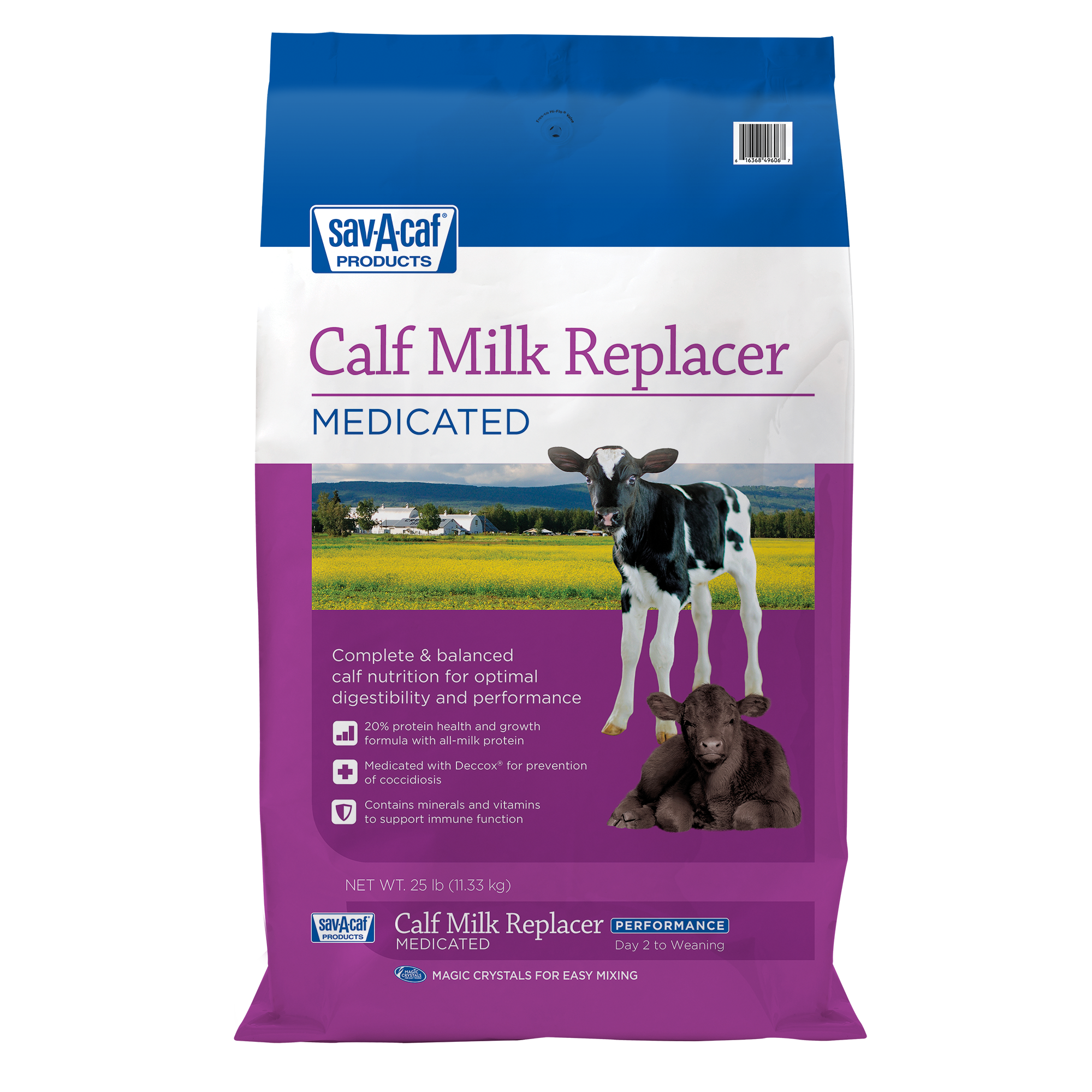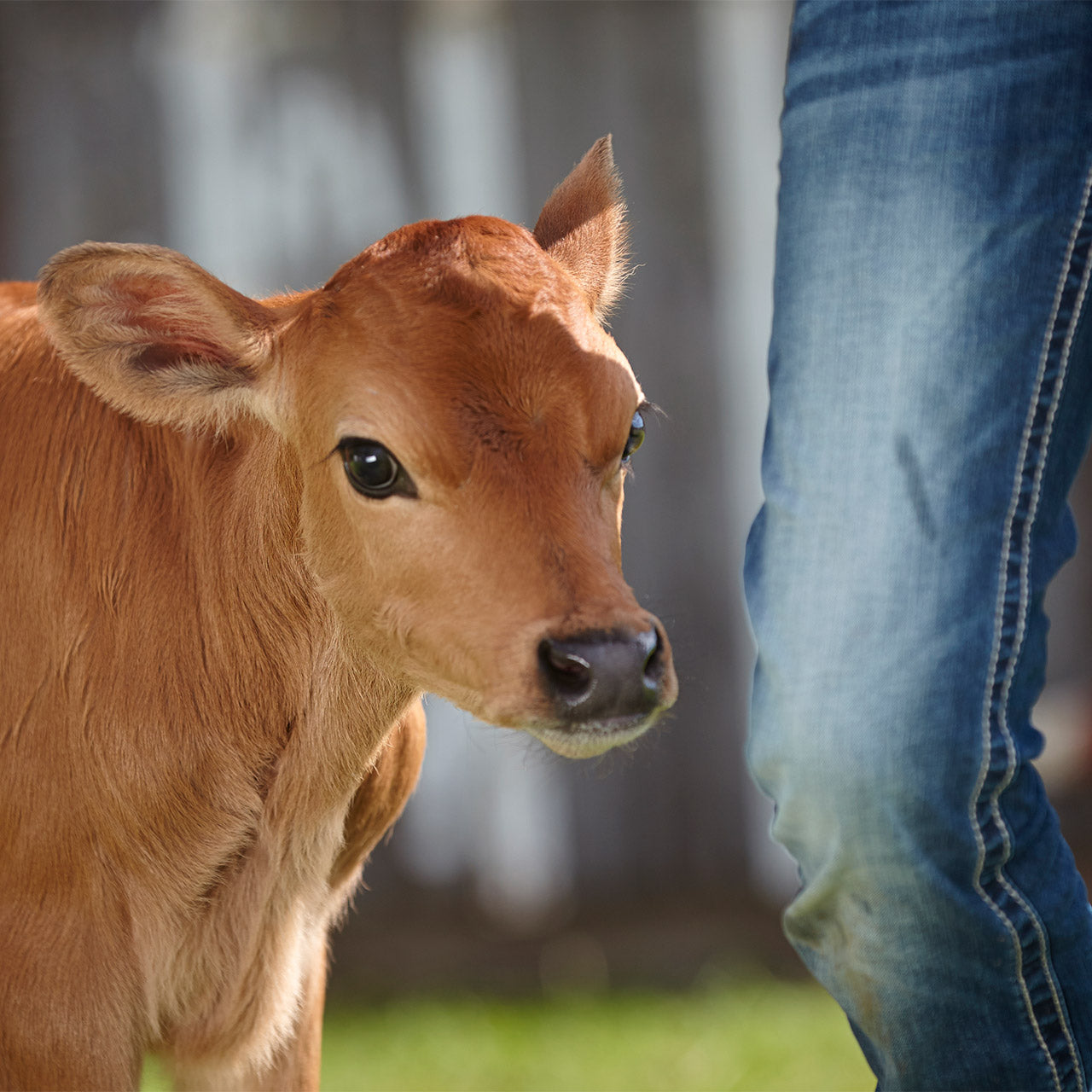
4 Things to know about calf colostrum quality, quantity & timing
Whether you raise 5, 50, or 500 calves, high-quality colostrum is vital to give newborn calves a strong start. Calves are born with an immature immune system and have little to no immunity against diseases. That’s why newborn calves need to receive high-quality colostrum soon after birth.
Bovine colostrum contains antibodies known as immunoglobulins, such as IgG, that help protect newborn calves against diseases. Compared to whole milk, bovine colostrum has twice as much dry matter, three times as many minerals and five times as much protein. It is also higher in energy and vitamins. The high nutrient content in bovine colostrum is especially important because newborn calves have low reserves of these nutrients.1
High-quality colostrum helps set newborn calves up for long-term health, growth and productivity. The care and detail that go into delivering colostrum to newborn calves in their first hours of life are crucial for future performance.
Here are four areas to keep in mind for newborn calf colostrum success:
1. Colostrum Quality
While high-quality colostrum containing a large percentage of IgGs is usually thick and creamy, it’s appearance alone should not be used to predict quality. A Brix refractometer or a hydrometer-based colostrum tester can help you quickly estimate colostrum quality.
The Dairy Calf and Heifer Association Gold Standards recommend the following IgG levels:
- Brix refractometer colostrum quality: 22 or greater for large breeds and 18 or greater for small breeds like Jerseys. A Brix value of 22 corresponds to about 50 milligrams per milliliter (mg/mL) or 50 grams/liter (g/L).
- Colostrum tester (Colostrometer™): About 50 mg/mL if in the “green” zone. The instrument rises as the bovine colostrum cools and sinks as it becomes warmer.
For the greatest accuracy, measure bovine colostrum that has cooled to 72 degrees Fahrenheit. At lower temperatures, colostrum testers can overestimate levels. At higher temperatures, they can underestimate levels.
2. Colostrum Feeding
Within the first two hours of life, a newborn calf should receive colostrum equal to 10% of its body weight. For example, a 90-pound newborn calf should receive 4 quarts of colostrum, which weighs about 9 pounds.
Ideally, after the first colostrum feeding, feed quality transition milk harvested up to 72 hours after calving, which equates to about six feedings. While maternal colostrum contains the highest concentration of beneficial factors, transition milk will continue to be higher in solids, fat, protein, vitamins and immunoglobulins than standard milk. After feeding transition milk, you can begin feeding milk replacer or whole milk.
3. Colostrum Replacement
If maternal colostrum quality is low, or you don’t have enough of it, there are other options. In these situations, you can use frozen colostrum or colostrum replacer.
It’s an emergency situation when you do not have the proper amount of colostrum for a newborn calf. Colostrum replacers can help if you don’t have access to quality maternal frozen colostrum. They are a viable alternative to build the immune system of a newborn calf. Keeping colostrum replacer on hand will help you stay prepared for the arrival of newborn calves.
Look for calf colostrum replacers made from bovine colostrum, like Sav-A-Caf® Colostrum Replacer.
4. Colostrum Timing
Within 24 hours after birth, a newborn calf’s gut begins to close, making it difficult to absorb antibodies in the colostrum. Studies have shown at six hours after birth newborn calves absorb 66% of IgGs from colostrum. But, 36 hours after birth newborn calves were only able to absorb 7% of IgGs.2
This information shows how important it is to feed newborn calves colostrum as quickly as possible. The first two hours is the ideal time window for newborn calves to absorb antibodies. If this is not possible, aim for four hours.
Your role in helping protect calves from disease by properly feeding colostrum is important. Pay close attention to the details to help newborn calves build immunity and get off to a healthy start.
Be ready for newborn calves by stocking up on Sav-A-Caf® Colostrum Replacer and get more tips for raising bottle calves.
Find Solutions for Your Animals
-
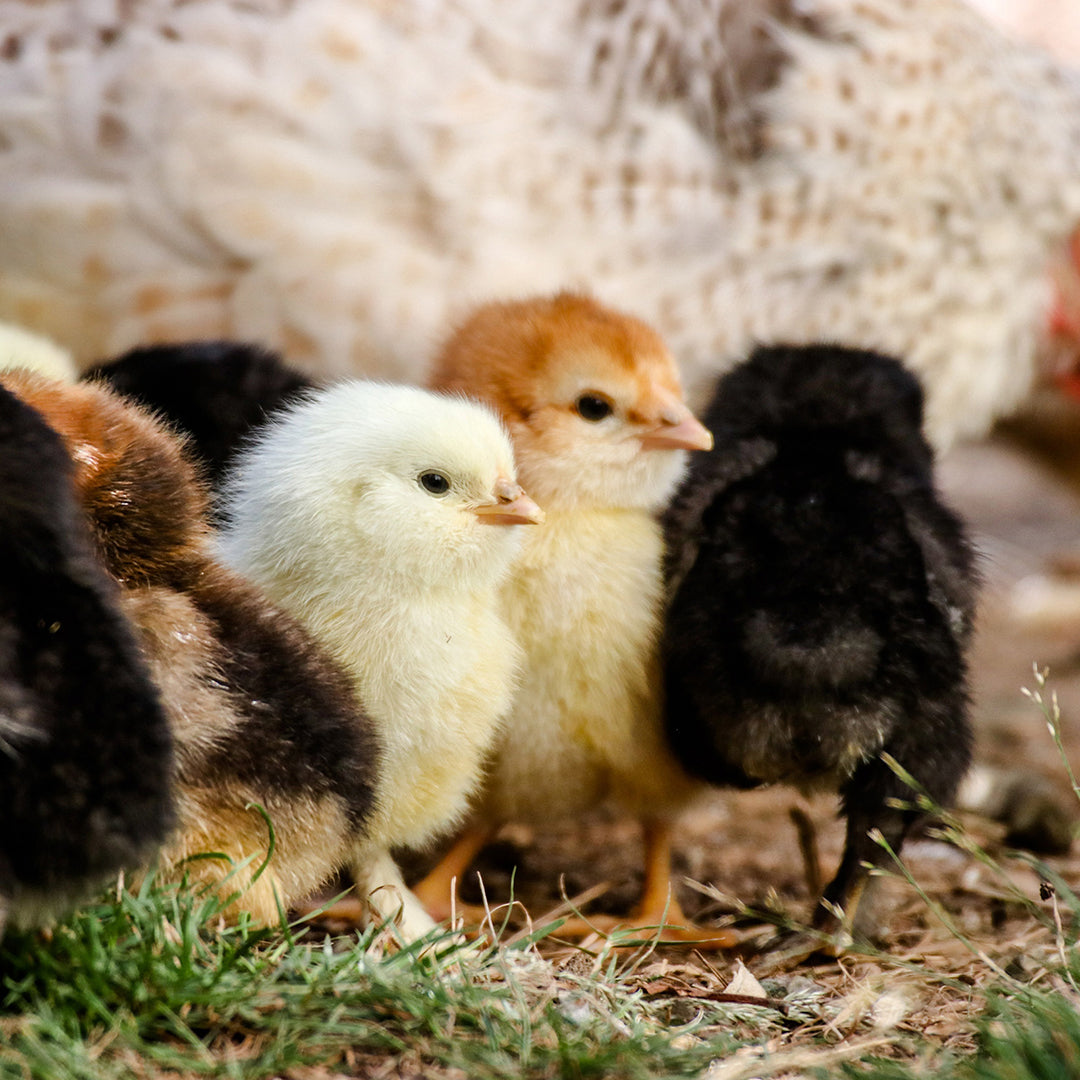
January 11, 2022
Whether housed in a coop or free ranging on your farm, your birds are exposed to multiple threats every day that could cause illness or impact their well-being. Now there’s a way to be more proactive with regular support for...
-
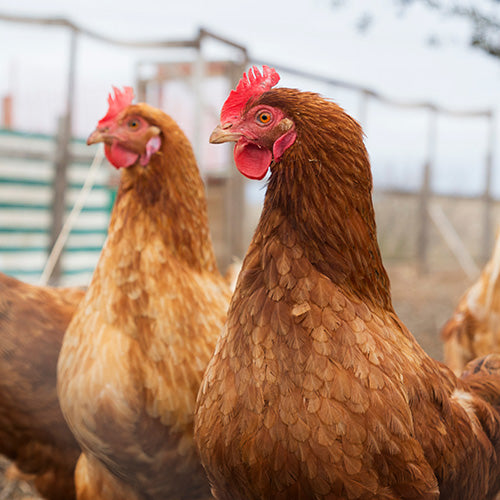
April 6, 2022
You’ve raised your chicks to adulthood and now they’re fully feathered hens. Way to go! Now, you get to enjoy their eggs and companionship for years to come. To maximize their life, support their production potential and kee...
